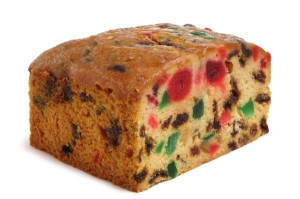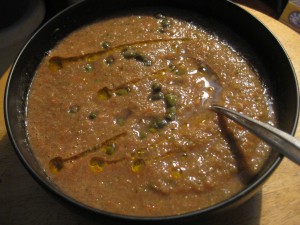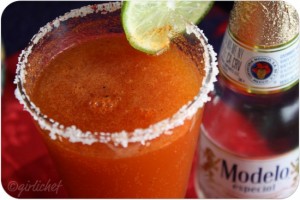In our household, we have an inside joke that goes, “Pumpkin! (Groan!) The most common kind of gourd!” I guess you kind of had to be there.
‘Tis the season for jack-o-lanterns, but leave those groan-worthy pumpkins behind, because this is our ode to less common gourds. Can you name each member of the Cucurbitaceae family described below? These aren’t easy, but pay attention to the contextual clues and use your…well, you know, and you’ll do just fine.
- You might not think it while you’re using it to scrub off your dead skin, but this spongy vegetable is actually a gourd.
- You can eat the seeds of this gourd, and even use them to make a Mexican sweet similar to peanut brittle, but Adam didn’t use it as impromptu clothing as the name might lead you to believe.
- These squashes look a little like flying saucers, but they’re named for the kind of vessel in which you might bake a small cake.
- A lumpy green gourd native to Mesoamerica, it’s also called a mirliton when it pops up in Cajun cuisine.
- These gourds are often dried to make utensils, leading to the nickname “the bottle gourd.” The name also sounds similar to a character from The Tempest.
- This type of melon is good to eat, and though it can be harvested all summer long, it gets its name from its ability to be stored a long time, maybe even until Christmas.
- This squash is very popular in Japan, and its nutty flesh can be eaten many different ways, but it sounds more like a popular Thai dish.
- That commercial pumpkin pie mix you buy probably contains not pumpkin but rather this relative, named for its curved slender top portion.
Don’t click continue or scroll down until you’re ready for the answers! Continue reading













